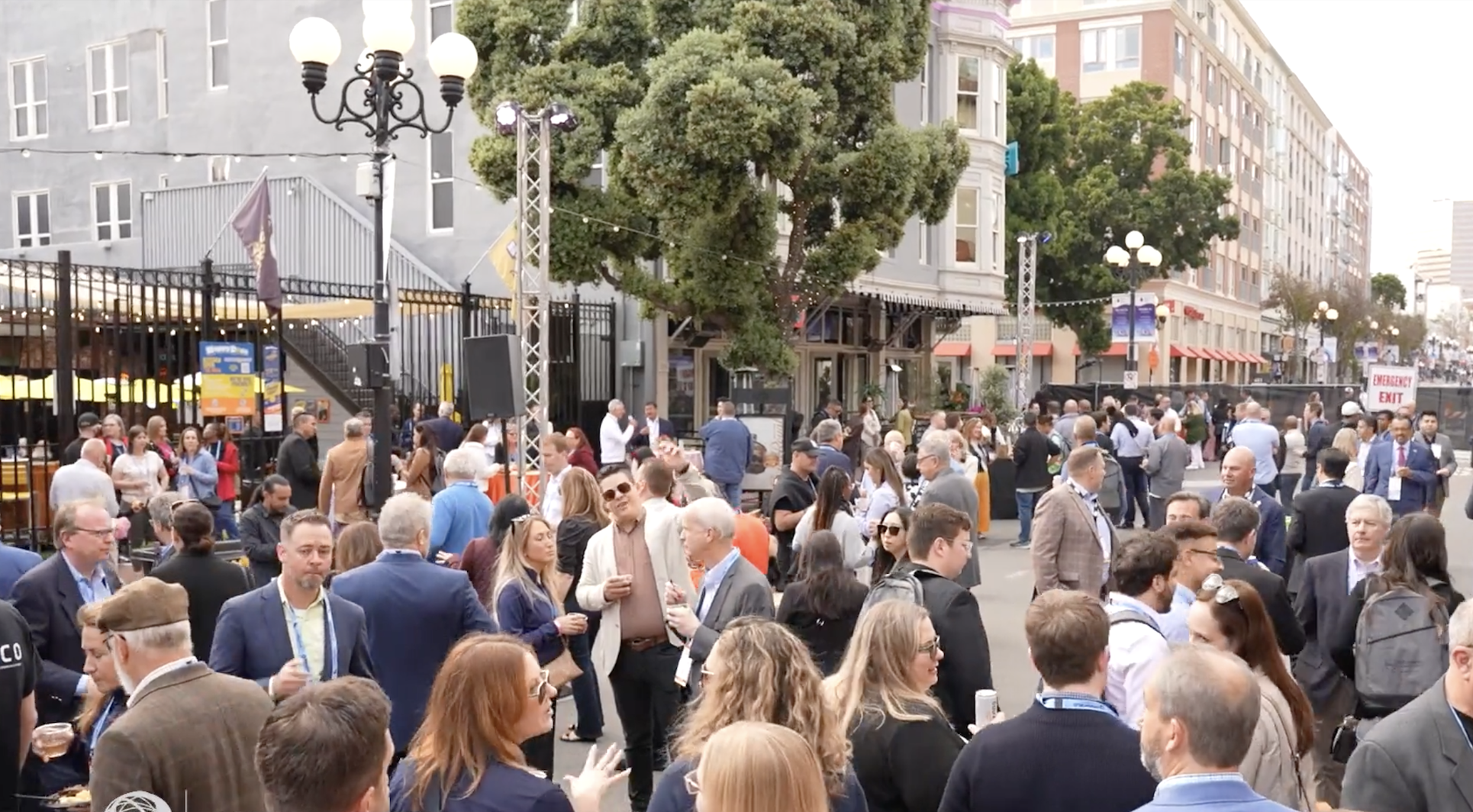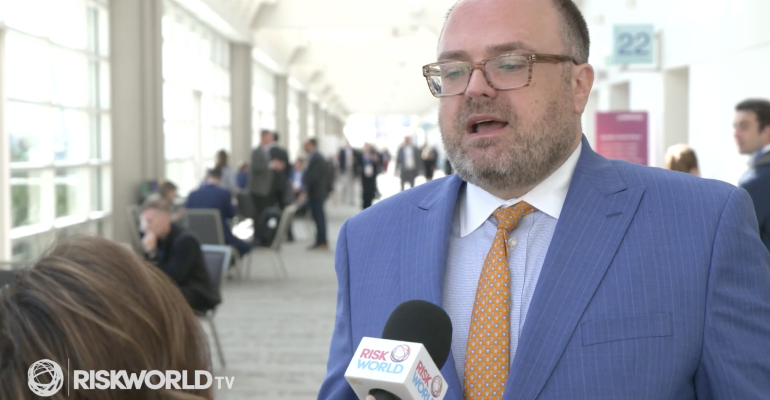During planning of the 2023 edition of RiskWorld, the annual show of the Risk and Insurance Management Society, the group’s chief events and sales officer, Stuart Ruff-Lyon, CMP, DES, faced an unusual complication. Over the event’s late-April dates at the Georgia World Congress Center in Atlanta, Taylor Swift would be performing for three consecutive nights at the Mercedes-Benz Dome right next door. That translates to 80,000 revelers on the move each day, right across the parking lot from the GWCC.
As a result, “we implemented a lot of new safety and security enhancements, such as training all on-site personnel in de-escalation strategies and making sure we were directly connected to all local authorities,” he says.
The good news was that RiskWorld’s enhanced risk-management plan worked exactly as intended for its primary purpose: keeping the Swifties at bay. But on the final day, an unforeseen emergency knocked the 10,000-person show sideways.
An active-shooter situation about a mile and a half from the convention center caused four hotels in RiskWorld’s room block to be locked down while most shuttle-bus routes to the center were closed off, forcing the group to cancel its closing keynote session and gala event. “That was quite a big investment we had made, but the shooter was at large for several hours and we had conflicting information on which way he was heading,” Ruff-Lyon recalls. “A lot of decisions had to be made quickly, and I’m proud of our response.”
A Beefed-Up Framework with New Tools
From that experience, RIMS used the run-up to early May’s RiskWorld 2024 in San Diego to bolster its safety and security blueprint. “The thing is, we're a risk-management group,” Ruff-Lyon says. “So, it's more important than ever for us to make sure that our operations are buttoned up in a way that our community appreciates.”
First, RIMS decided on implementing a few high-visibility tactics for 2024: metal detectors plus a few K-9 police patrols at the show’s outdoor entrances. To prepare attendees and exhibitors, pre-show communications explained how those would work on site.
In addition, Ruff-Lyon implemented a technology application named Gabriel that enables a virtual command center connected to on-site cameras. Gabriel can be fully accessed from team members’ mobile phones, while its emergency-alert function can be accessed via phone by event participants, in addition to physical buttons on kiosks set up in various spots throughout the show floor, prefunction areas, and meeting space. The tool can detect unusual loud noises and also detect sudden high-energy behavior, including personal confrontations, across the event space.
If an incident occurs in the facility, Gabriel can determine the exact location where the notification came from and focus several cameras on the area, while alerting police or medics as well as sending a mass notification to event participants and staff about areas to avoid.
But that’s not all that RIMS implemented. Ruff-Lyon’s team also built its own command center in the San Diego Convention Center—relying mostly on traditional radios rather than phones to guarantee signal reliability. “I know a lot of groups have gone to texting, but we were thinking about an earthquake or other natural disaster, or a hack or other sabotage, where we lose cellular service,” he says. “All security and other key vendors are on radio with us.”
Concerns Beyond the Host Venue
Given the 2023 active-shooter incident, “the biggest thing that stood out to us was that our crisis plan focused only on the convention center,” Ruff-Lyon says. “We had not taken into account what should happen if something occurred at a hotel in the room block—and we had 34 of them this year.” The additional technology layer implemented by RIMS helps, as does “being more aware of what’s going on across the entire city, which comes back to having good partnerships and communication channels with all local authorities.”
 For the opening-night reception held across several closed-off streets in San Diego’s Gaslamp Quarter (see photo), “we hired additional security from a firm that works at Formula One racing events and a lot of festivals,” Ruff-Lyon notes. “They helped us to focus on the right things for that type of situation,” especially perimeter security.
For the opening-night reception held across several closed-off streets in San Diego’s Gaslamp Quarter (see photo), “we hired additional security from a firm that works at Formula One racing events and a lot of festivals,” Ruff-Lyon notes. “They helped us to focus on the right things for that type of situation,” especially perimeter security.
After implementing so many changes to the risk-management plan for its annual event, RIMS has partnered with ASIS (the largest international association for security professionals) and the American Society of Association Executives to create an “event risk-management toolkit” that will debut at ASAE’s annual conference, set for mid-August at the Huntington Convention Center in Cleveland.
For another MeetingsNet article featuring more event safety and security advice, click here.





